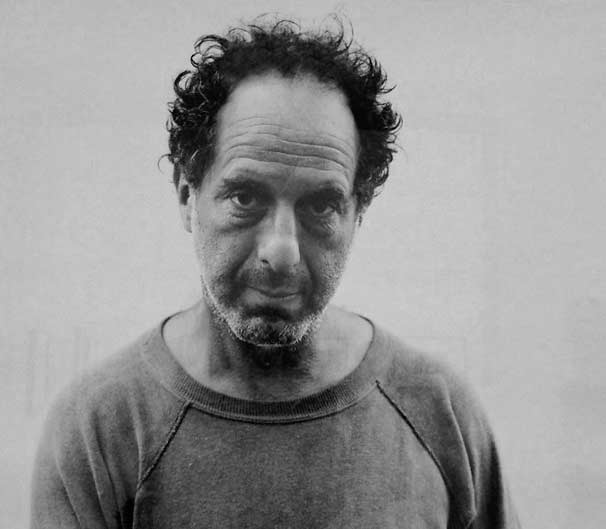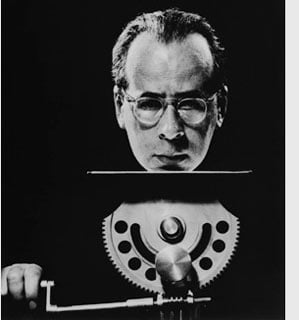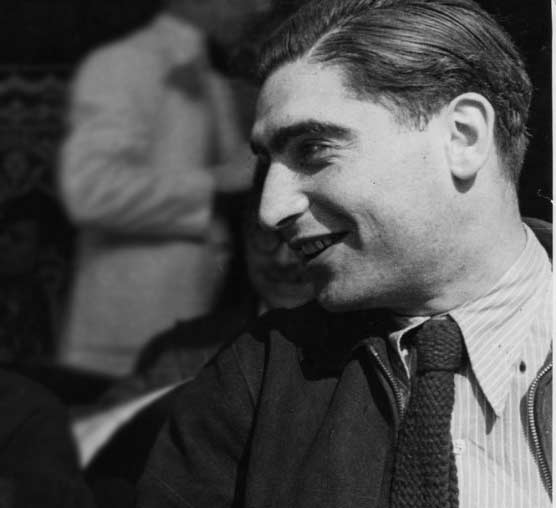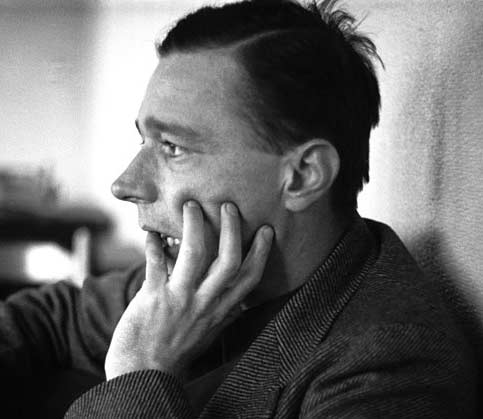| Name | Diane Arbus |
| Born | March 14, 1923, New York City, U.S. |
| Died | July 26, 1971 (aged 48), New York City, U.S. |
| Occupation | Photographer |
| Spouse | Allan Arbus (m. 1941; div. 1969) |
| Partner | Marvin Israel (1959–1971; her death) |
| Children | Doon, Amy |
| Relatives | Howard Nemerov (brother), Alexander Nemerov (nephew), Frank Russek (grandfather) |
| Notable Work | Expanded notions of acceptable subject matter in photography, capturing a rare psychological intensity in her subjects |
| Recognition | Achieved recognition with publications in magazines such as Esquire, Harper’s Bazaar, and Artforum; first photographer included in the Venice Biennale (1972) |
| Legacy | Millions viewed traveling exhibitions of her work from 1972 to 1979; the book Diane Arbus: An Aperture Monograph, edited by Doon Arbus and Marvin Israel, remains in print |






